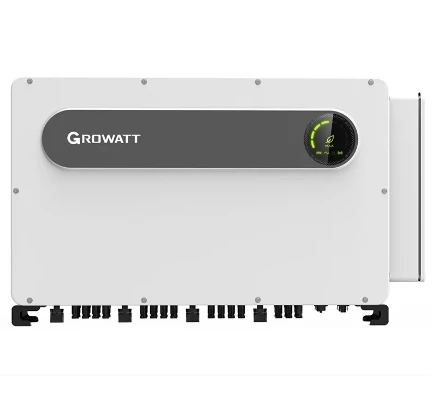Solar Panel Efficiency During Overcast Weather Conditions and Cloud Cover
Understanding Solar Panel Output on Cloudy Days
Solar energy has emerged as one of the most significant renewable energy sources in recent years. As solar panel technology continues to improve, many households and businesses are looking to harness this clean energy. However, one of the common concerns among potential solar users is the efficiency of solar panels during cloudy days. This article explores how cloudy weather impacts solar panel output, the science behind it, and the potential solutions to maximize energy generation even in less-than-ideal conditions.
The Basics of Solar Panel Operation
Solar panels, or photovoltaic (PV) panels, work by converting sunlight into electricity. They contain solar cells made from semiconductor materials, typically silicon, which generate a flow of electricity when exposed to sunlight. The amount of energy produced by a solar panel is directly related to the intensity of sunlight it receives. On clear, sunny days, solar panels can achieve their peak output, producing a maximum amount of electricity. However, the question arises how much does cloudy weather affect this output?
Impact of Cloud Cover on Solar Output
On cloudy days, the amount of sunlight reaching the Earth’s surface decreases significantly due to the diffusion and absorption of sunlight by clouds. However, it is a common misconception that solar panels produce no energy at all under cloudy conditions. In fact, studies have shown that solar panels can still produce around 10-25% of their rated capacity on overcast days. The extent of output depends on the density of the cloud cover, the time of year, and geographical location.
When clouds are present, sunlight is scattered rather than blocked entirely. This means the solar panels can still receive indirect sunlight, though at reduced levels. Light diffusion allows for some energy capture, which can contribute to a roof-mounted solar system’s overall energy production.
The Role of Technology and Innovation
Advancements in solar technology have played a crucial role in mitigating the inefficiencies associated with cloudy weather. Modern solar panels are engineered to be more sensitive to lower light conditions. For example, bifacial solar panels can capture sunlight from both sides, increasing overall output even when the sunlight is diffused or indirect. Additionally, solar trackers, which can adjust the angle of panels to better align with the sun's position throughout the day, enhance energy capture, making the system more efficient under fluctuating light conditions.
solar panel output on cloudy day

Energy storage technologies, such as batteries, also provide a viable solution for managing energy supply. By storing excess energy generated on sunny days, users can draw on this stored energy during cloudy periods. This not only ensures a continuous power supply but also promotes energy independence.
Maximizing Solar Efficiency on Cloudy Days
To get the most out of solar power systems during cloudy days, several strategies can be employed
1. Proper System Design When installing a solar panel system, it's essential to consider factors such as panel orientation, tilt, and shading. Optimal positioning maximizes sunlight exposure, even on cloudy days.
2. Utilizing Solar Batteries Pairing solar panels with battery storage systems allows users to store energy produced on sunny days, which can then be used during cloudy days or at night.
3. Regular Maintenance Keeping solar panels clean and free from debris ensures that they can capture as much light as possible. Regular inspections and maintenance help maintain efficiency.
4. Incorporating Hybrid Systems Utilizing a combination of renewable energy sources, such as wind or hydro power, can provide supplemental energy when solar production is low due to cloud cover.
Conclusion
While cloudy days can certainly reduce the efficiency of solar panels, they do not render them ineffective. Understanding the impact of weather on solar energy production allows users to make informed decisions about their solar investments. With advancements in technology and innovative solutions, it is possible to optimize energy generation and ensure reliance on solar power continues, rain or shine. By embracing these strategies, individuals and businesses can fully realize the benefits of this sustainable energy source, contributing to a cleaner and more sustainable future.
-
Understanding the Advantages of Solar String Inverters for Your Energy SystemNewsApr.29,2025
-
Choosing the Right PV Inverter: A Comprehensive GuideNewsApr.29,2025
-
The Future of Solar Power: Exploring Bifacial Solar PanelsNewsApr.29,2025
-
The Complete Guide to Solar Panels: Efficiency, Cost, And InstallationNewsApr.29,2025
-
The Best Options for Efficiency and Cost-EffectivenessNewsApr.29,2025
-
Harnessing the Power of Off-Grid Solar Inverters for Energy IndependenceNewsApr.29,2025







